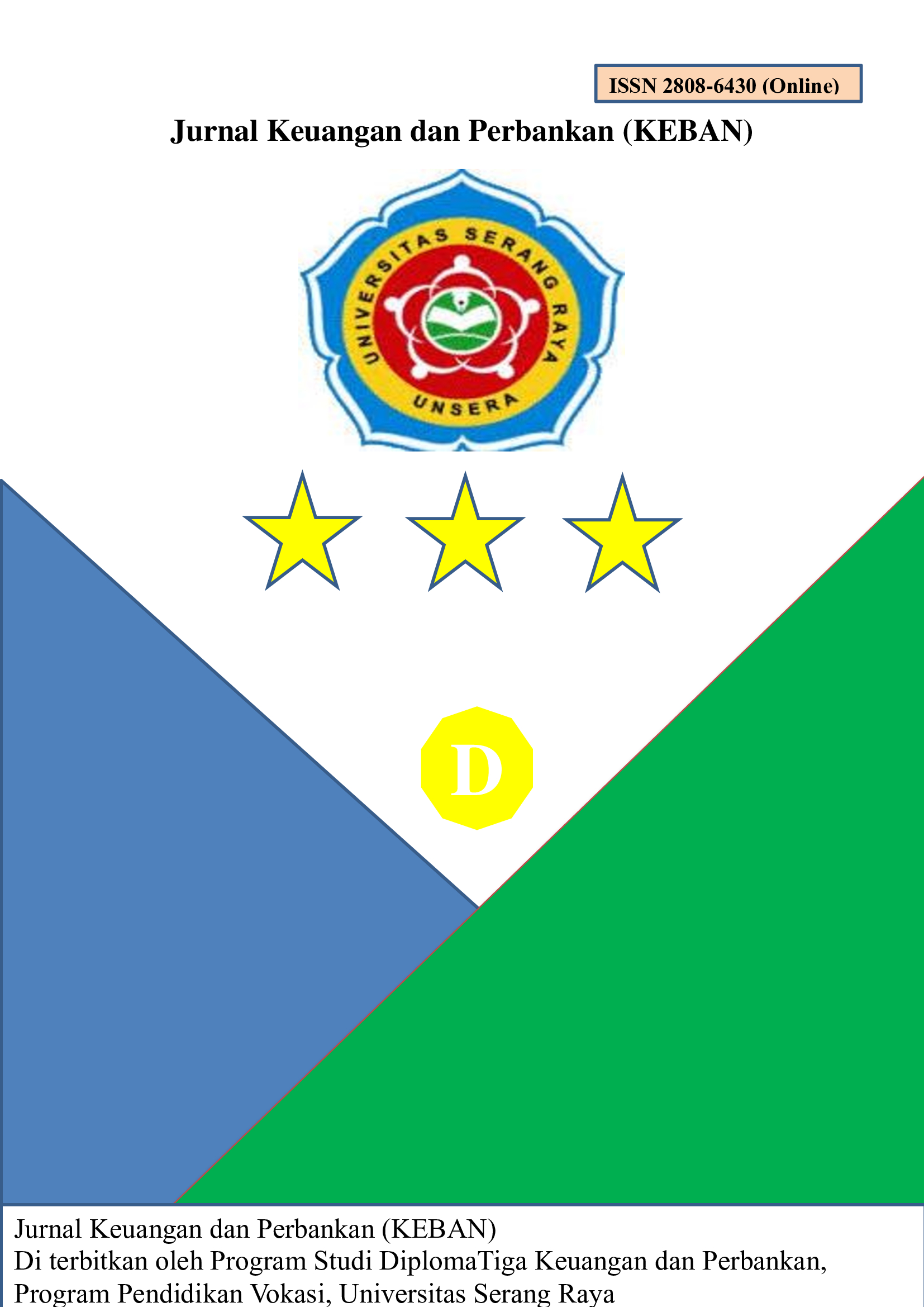Optimization of Cash Deposit Machine Use at Bank Central Asia
DOI:
https://doi.org/10.30656/jkk.v2i2.6963Keywords:
Bank, Cash Deposit Machine, ServiceAbstract
The purpose of this study is to determine the extent of optimizing the use of CDM at PT. Bank Central Asia Rangkasbitung Branch Office and customer service. The research method used is research conducted using a descriptive approach, meaning that the data collected is not in the form of numerical data, but data derived from interview manuscripts, field notes, personal documents, notes or memos of researchers and other supporting official documents. The purpose of using a qualitative approach is so that researchers can describe the empirical reality behind the phenomena that occur related to the role of PT. Bank Central Asia Rangkasbitung Branch Office in optimizing the use of Cash Deposit Machine (CDM) to improve service to customers. Based on the results of research through interviews with 30 respondents / customers of PT. Bank Central Asia Rangkasbitung Branch Office obtained data that overall respondents often use CDM machines in carrying out transaction activities, both cash deposits and cash withdrawals that mean the use of CDM PT. Bank Central Asia Rangkasbitung Branch Office is optimal and very helpful for customers in transaction activities. In addition, from all respondents obtained data that the services of PT. Bank Central Asia Rangkasbitung Branch Office is quite satisfactory both in terms of customer service and from the facilities provided are quite adequate. This research has a considerable contribution thatService the Cash Deposit Machine (CDM) machine is an alternative choice in conducting transaction activities both cash deposits and cash withdrawals other than through tellers, and as a benchmark for the success of PT. Bank Central Asia Rangkasbitung Branch Office to customers.
References
Bogdan dan Biklen (1982). Qualitative Data Analysis : A Sourcebook of New Methods. California : Sage.
Depdikbud (1995). Kamus Besar Bahasa Indonesia. Jakarta : Balai Pustaka.
Hasibuan S.P. Malayu (2009). Manajemen: Dasar, Pengertian, dan Masalah. Jakarta: Bumi Aksara.
Ikatan Akuntansi Indonesia (2002). Standar akuntansi Keuangan. PSAK No. 31 : Perbankan. Jakarta: Salemba empat.
Iskandar (2009). Metodologi Penelitian Kualitatif. Jakarta : Gaung Persada (GP Press)
Kasmir (2002). Dasar – Dasar Perbankan . Jakarta . PT Raja Grafindo Persada
Kuncoro (2002). Manajemen Perbankan, Teori dan Aplikasi. Jakarta: PT. Indeks Kelompok Gramedia.
Moeleong, Lexy J. (2009). Metodologi PenelitianKualitatif, Cet. 11. Bandung: Remaja Rosdakarya.
Poerwadarminta, W. J. S. (1997). Kamus Umum Bahasa Indonesia †Optimalisasi†Jakarta: Balai Pustaka.
Singiresu S Rao, John Wiley dan Sons.(2009). Engineering Optimalization: Theory and Practice, Fourth Edition.
Sugiyono (2009). Metode Penelitian Kuantitatif Kualitatif dan R&B. Bandung: Alfabeta.
______ (2012). Metode Penelitian Kuantitatif Kualitatif dan R&B. Bandung: Alfabeta
______ (2013). Metode Penelitian Kuantitatif Kualitatif dan R & D. Bandung : Alfabeta.
_______ (2015). Metode Penelitian Pendidikan (Pendekatan Kuantitatif, Kualitatif dan R&D). Penerbit CV. Alfabeta: Bandung
Taswan (2006). Manajemen Perbankan. Yogyakarta: UPP STIM YPKP
Tim penyusun Kamus Pusat Pembinaan dan Pengembangan Bahasa (1995). Kamus Besar Bahasa Indonesia, Jakarta : Balai Pustaka.







